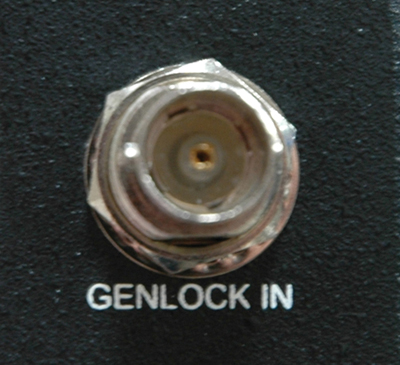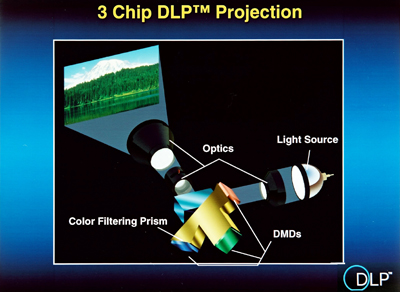The stage is set, the lights go up, the speaker walks out on stage, and the video screen is black. The producer begins yelling at the technical director, and the TD starts yelling at everyone. It’s a demonstration of what flows, and in which direction. It’s also a reminder that, as a camera operator or engineer, you are at the bottom of the hill on which it all flows. Assuming we remembered to remove the lens cover, there are many other pitfalls we would like to avoid. But what other kinds of problems could we have? By understanding a very basic signal flow through the camera, we can protect ourselves from doing something foolish and, more importantly, help us recover quickly when we have already done something foolish.




